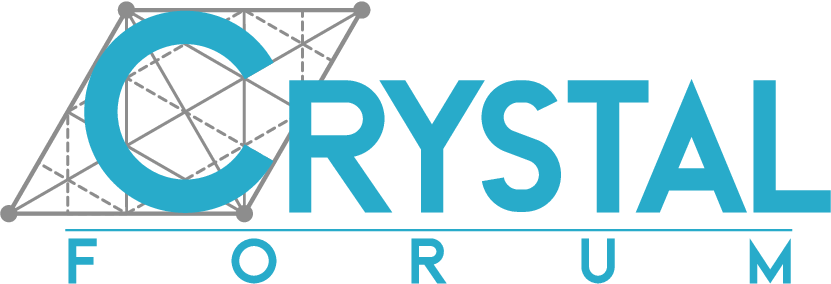Question about basic principle of pressure and frequency calculation
-
Hello,
I am a user of CRYSTAL17 and would like to consult about some fundamental issues related to structural optimization and vibrational (frequency) calculations.
It is possible to calculate IR and Raman intensities and phonon DOS under various pressures using the "FREQCALC" block and specifying the "PRESSURE" (in MPa) after performing structural optimization. However, I am confused about the following:
Q1:
If structural optimization is performed using the default settings without specifying "EXTPRESS" (external pressure, in Hartree/Bohr³), the resulting structure corresponds to a (local or global) minimum on the potential energy surface at zero pressure. If a frequency calculation is then carried out with a non-zero "PRESSURE" applied, the potential energy surface effectively changes. This could result in imaginary vibrational modes, which is the source of my confusion.
Q2:
Similarly, if I perform a full structural optimization (including both cell parameters and atomic positions) under an applied external pressure (e.g., setting "EXTPRESS" to 0.001 Hartree/Bohr³ ≈ 29.457 GPa), I obtain a "contracted" structure with reduced cell parameters and shorter chemical bonds. If I then perform a frequency calculation on this optimized structure but set a "PRESSURE" value lower than the pressure used during optimization (e.g., less than 29.457 GPa), it seems reasonable to expect that imaginary modes might appear due to the mismatch between the pressure used in optimization and that used in the vibrational analysis. It is quite confusing.Thanks~!
-
Hi,
I understand your confusion, which originates from the fact that PRESSURE is an old option of FREQCALC that indeed does not apply any pressure. With this option, the structure is unchanged, the forces are unchanged, and ultimately, the harmonic vibration frequencies are unchanged. The only bit of information that is affected by this keyword is the printed value of the PV term in the thermodynamic analysis.
So, this PRESSURE keyword within FREQCALC should be used in just one way: to set the value of pressure corresponding to the structure used to run the harmonic frequency calculation, so as to have the PV term entering the thermodynamic functions (enthalpy and Gibbs free energy) right. Let me make a couple of examples:
-
You perform a full structural relaxation (atomic positions + lattice parameters). Thus, you have a zero pressure (p=0) structure. Then you compute the harmonic frequencies. If you are interested in thermodynamic potentials (i.e. enthalpy, Gibbs, Helmholtz, etc.) you should use the PRESSURE keyword and set the pressure to zero to get the PV term right in the output (otherwise by default it would be computed at p = 1 atm - do not ask me why).
-
You perform a pressure-constrained geometry optimization with the EXTPRESS keyword of OPTGEOM (let's say at 29.457 GPa as in your example). Then you compute harmonic frequencies with FREQCALC on this compressed structure. Now, again, if you are interested in thermodynamic potentials (i.e. enthalpy, Gibbs, Helmholtz, etc.) you should use the PRESSURE keyword and set the pressure to 29.457 GPa to get the PV term right in the output.
So, as I said at the beginning, the PRESSURE keyword here does not change anything on the structure/forces. It only allows you to tell the program what is the pressure of the structure you are working on, so that the printed PV term is right.
A more formally-sound way to combine temperature and pressure is provided by the quasi-harmonic approximation: See Eq. (13) of the tutorial page on the Quasi-Harmonic Approximation (QHA).
Hope this helps clarifying things a little,
-
